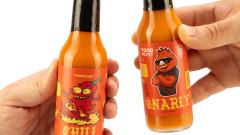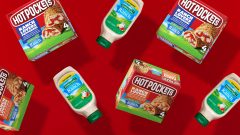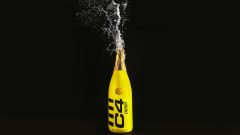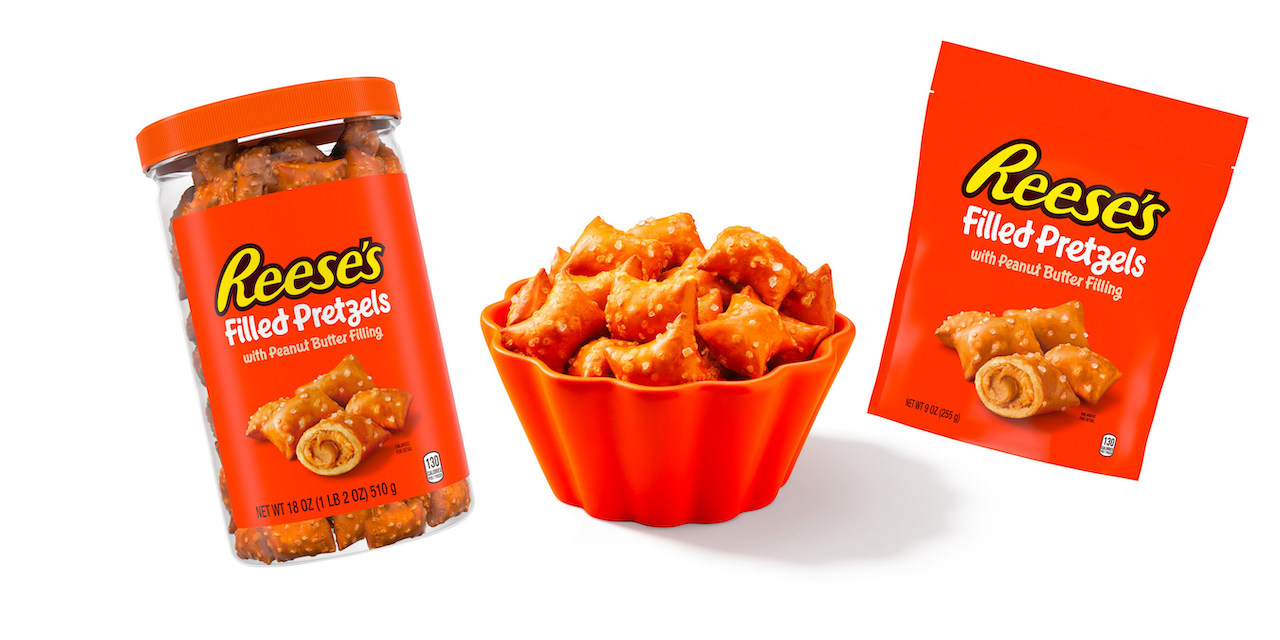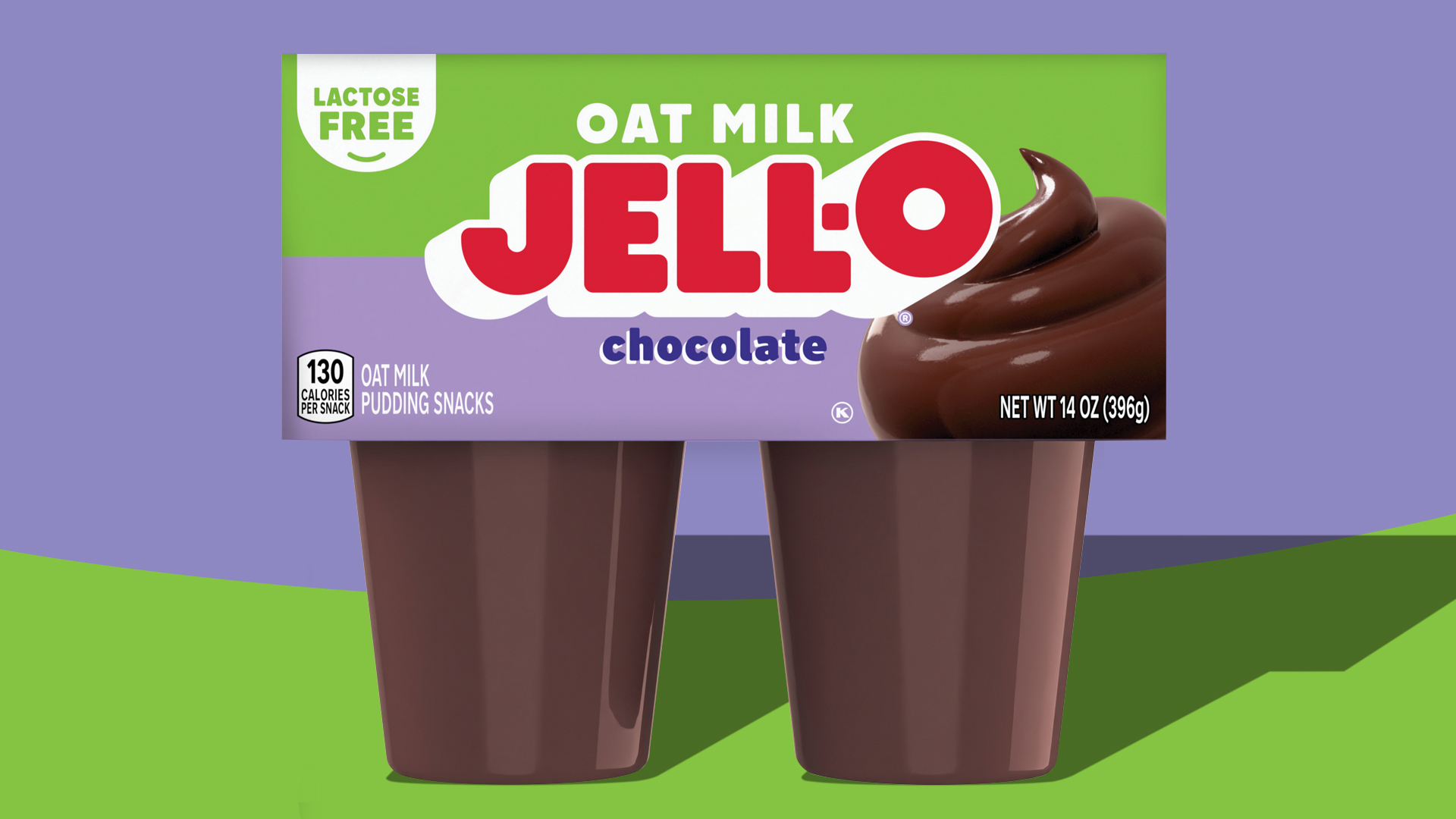How ‘Microdosing’ Moms Are Using Weed-Infused Edibles To Replace Medication
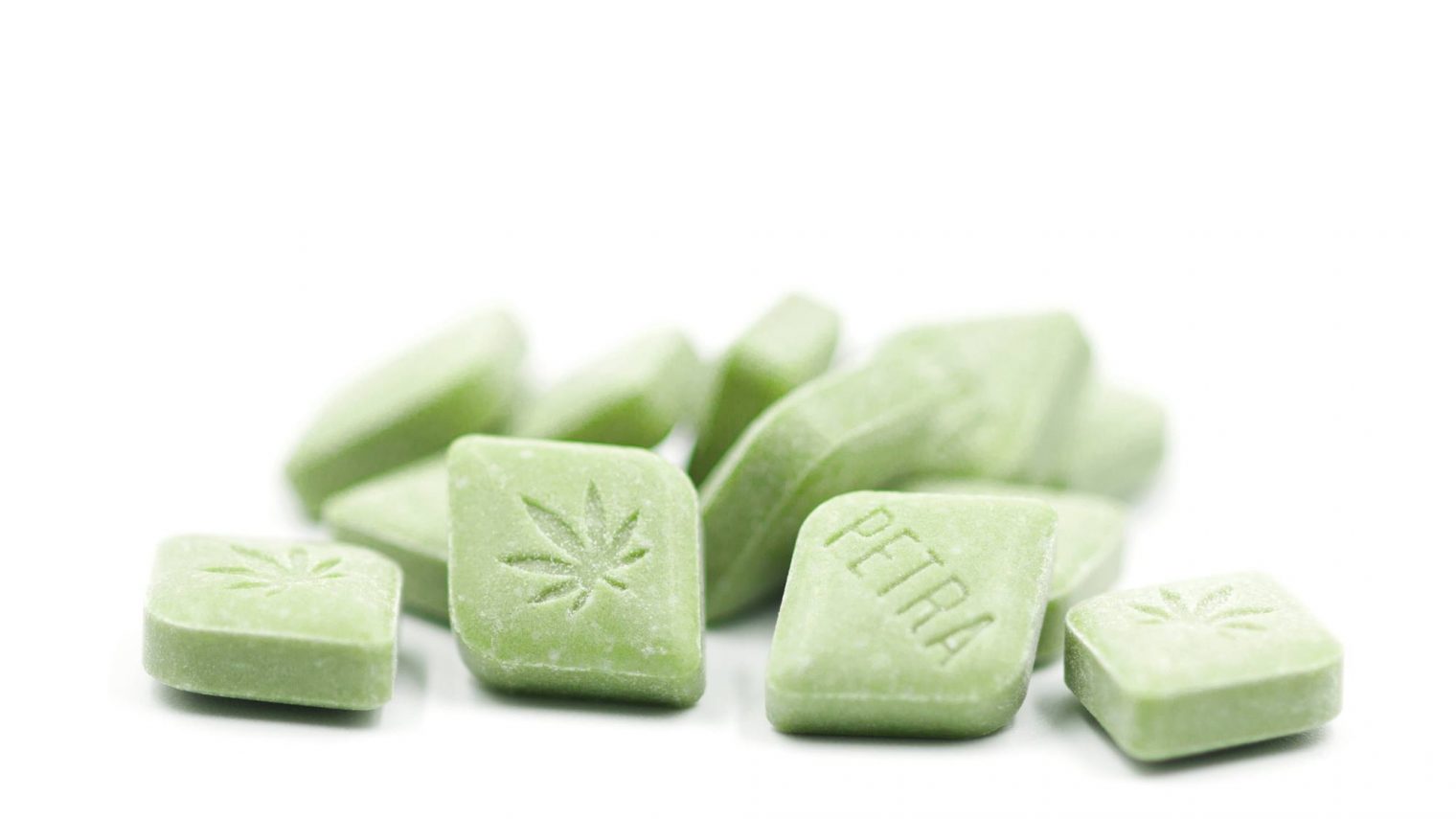
Legalized cannabis has spawned a new market of culinary trends from cannabis-infused toffee, cannabis-terpene infused cocktail bars, to multi-course cannabis infused pop-up dinners.
Recently emerging through the haze of California’s freshly legalized cannabis market, a trend called “microdosing,” is helping people substitute prescription anti-anxiety and antidepressant medication with cannabis-infused edibles.
And it’s actually working.
Yet, the cannabis microdosing trend has captured the attention of an unlikely group, one that could be stereotyped as the antithesis of the habitual cannabis user.
If you’ve ever smoked pot, eaten cannabis-infused food or at least know someone who has, you can probably guess Mom wasn’t the first person to hear the trip report. Generally, Mom is the last person anyone would want to interact with after ingesting cannabis.
Unless, however, you’re a Mom who eats cannabis.
Interestingly enough, microdosing moms are becoming the new torch bearers of a pro-cannabis movement — using cannabis as a strategy to combat addiction and abuse of prescription medication like Xanax, Percocet and Prozac. Considering America’s ongoing opioid epidemic, this might be the perfect time for the nation to investigate alternatives for pain management.

This trend might be confusing to some, but today’s cannabis edibles aren’t the typical pot brownies you ate as a teenager. These are scientifically measured micro doses, which come in the form of tiny mints, or small chocolate-based espresso bites that contain between 2.5mg – 5mg of THC or CBD.
For context, THC, is the acronym for tetrahydrocannabinol, a psychoactive molecule that produces cannabis’ euphoric effects. THC gets you high. CBD, on the other hand, is the acronym for cannabidiol, a non psychoactive molecule, that is known to have anti-anxiety and anti-inflammatory properties. CBD does not get you high.
THC and CBD are cannabinoids, groups of compounds found within the molecular structure of cannabis. There are literally hundreds of different cannabis strains, some are rich in THC, while others contain more CBD. There are more than 100 cannabinoids in cannabis, but THC and CBD are currently the two most common and most researched cannabinoids.
While the concept of moms getting high might be hard to swallow — these microdosing moms aren’t your typical stoners, puffing on a pipe six times a day.
To learn more about this new edible trend, FOODBEAST spoke to a few microdosing moms willing to share their stories.

Ozzie Ozkay-Villa, a mother of two, said she began experimenting with microdosing about a year ago, after discovering some Petra Mints created by Kiva Confections. She dealt with depression and anxiety as a teenager, and was prescribed antidepressants.
“I was put on Prozac for a year. It actually made my depression and my symptoms worse,” she explained. “I think when you put teenagers on the those heavy pharmaceuticals often times it’s not helpful. I experienced some really dark episodes and that just turned me off.”
Although she was hesitant to take cannabis-infused edibles, Ozkay-Villa said she ate a THC-infused Kiva peppermint , and was delighted when she experienced heightened, “clarity and focus.”
“It’s such a small dose, it’s only 2.5 milligrams. I did not feel high at all,” she explained to FOODBEAST. “I hear so often nowadays of women taking Xanax daily to get through the day, and that’s just not an option for me.”
A few years ago, microdosing become a popular trend among Tech industry entrepreneurs in Silicon Valley. Some began experimenting with minimal amounts of LSD (acid), and went about their normal work day. In fact, in small doses, highly psychoactive chemicals improved workplace productivity by enhancing problem solving skills, and improving communication.
Could cannabis provide similar beneficial effect at low doses? However, there’s a lack of research opportunities, due to its Schedule 1 categorization. Approval for marijuana research involves licensing from the National Institute on Drug Abuse and the Drug Enforcement Agency.

With the help of edible cannabis products in the form of decadent chocolate balls, chewable mints and chips, companies like Kiva Confections and Yummi Karma are creating discreet, gourmet cannabis-infused treats that are helping moms, and others manage pain — without them having to break open a bottle of pills.
“I did not feel high at all.” — Ozzie Ozkay-Villa, Microdosing mom
Dayna Stevens, a 33-year-old mother of three, has been prescribed medication to treat her depression, anxiety and insomnia.
Stevens also experienced postpartum depression after the birth of her third daughter, three years ago. She first learned about using cannabis to treat depression during a group therapy session at Kaiser Permanente.
She was prescribed Zoloft after reporting the postpartum depression to her doctor, but became frustrated and unsatisfied with the pharmaceutical treatment. However, after learning about treating her symptoms with cannabis, Stevens admitted she no longer takes her prescription.
“[The medication] was so ineffective, I haven’t taken them in almost three years now.” she said.
“I was using edibles, eating the smallest piece of a Kiva Chocolate bar to go to sleep at night, and I didn’t realize I was microdosing,” Stevens explained.
For decades, cannabis was something you had to hide from mom. It’s ironic, that now this trend could make mom the new face of cannabis, and helping it become recognized as a medicine for the first time in history.
For Venessa Benic treatment with cannabis is a part of her everyday life. The 33-year-old mother is a full-time caregiver for her 4-year-old daughter, who suffers from an undiagnosed neurological disease.
As you can imagine, Benic’s operates in a high-stress environment. Eventually, she developed insomnia and anxiety, one prescribed Xanax to help manage her stress.
“I always used Xanax to treat that [insomnia and anxiety], or sleeping medications like over the counter stuff like Unisom. Every night, I was taking something — always. That went on for four or five years,” she said. “Honestly, it wasn’t even working, I need to increase it see effects.”
Benic, who said she smokes cannabis occasionally, received some Kiva samples at a dispensary and eventually decided to replace her Xanax with some THC-infused chocolate covered blueberry bites.
“I started last April, and it’s almost been a year since I’ve taken anything but [edible] cannabis to help me sleep at night.”
Comparatively, cannabis may seem like a male dominated industry, yet it’s clear women are becoming the new face of cannabis in 2018.
Kiva Confections, Yummy Karma, Marigold Sweets, and Whoopie & Maya are all big names within the canna-food industry and all share something in common — they’re all owned by women.
While cannabis is still federally illegal and classified by the Drug Enforcement Administration as a Schedule 1 substance, with, “no medical value with a high potential for abuse,” the microdosing moms movement could perhaps become a catalyst in reshaping the public’s perception and direct more attention to the concept of cannabis as a modern medicine.













